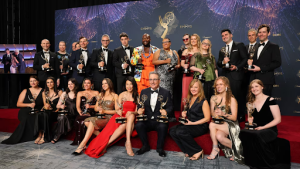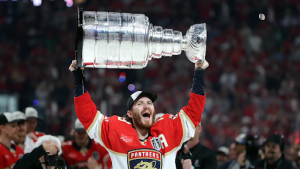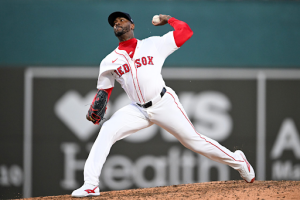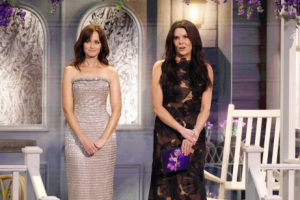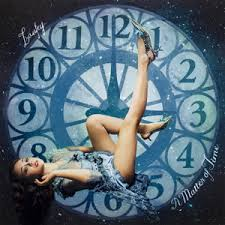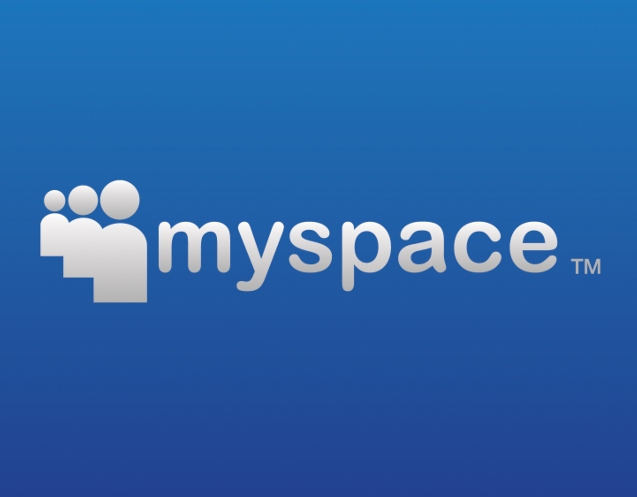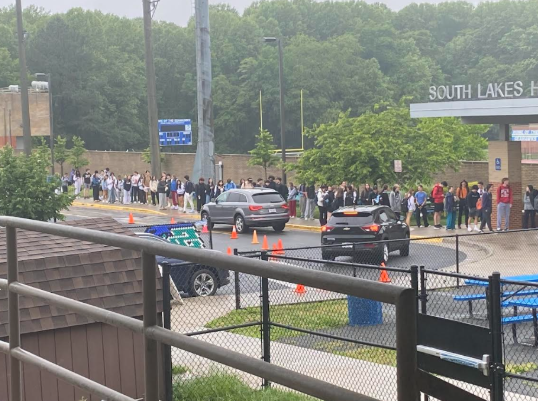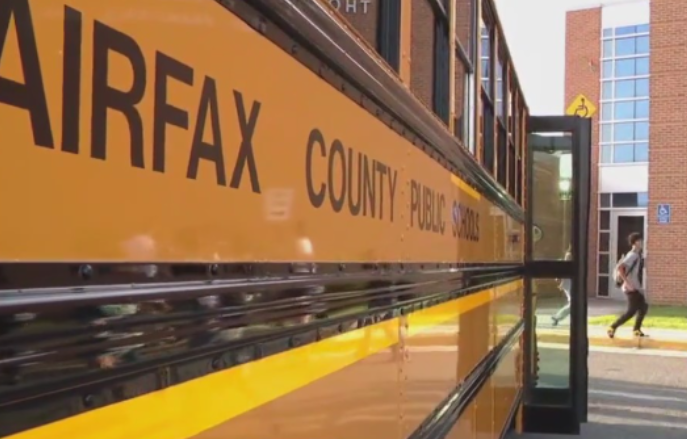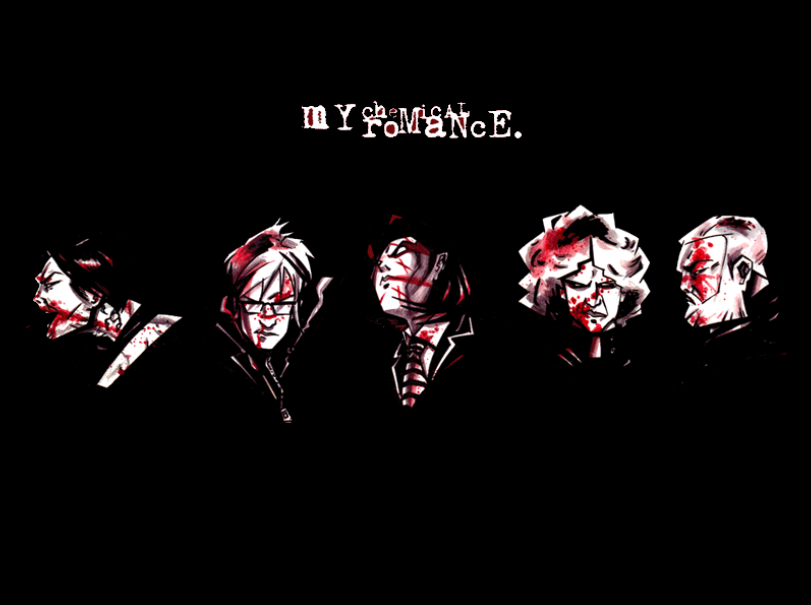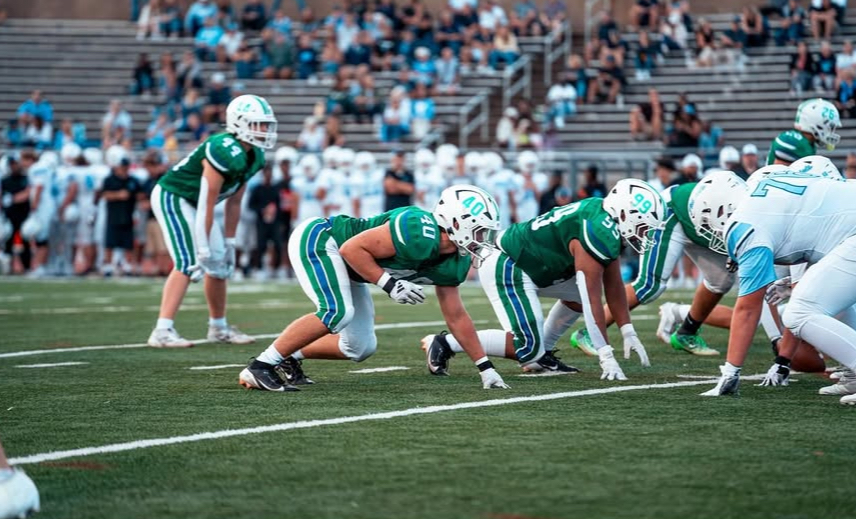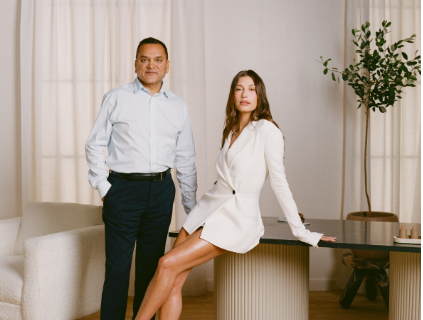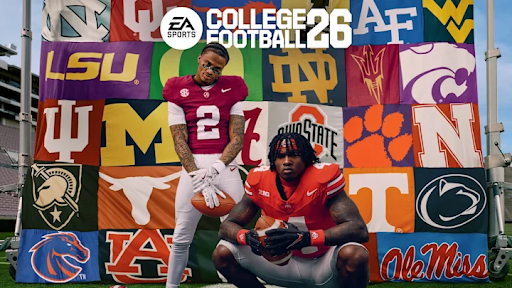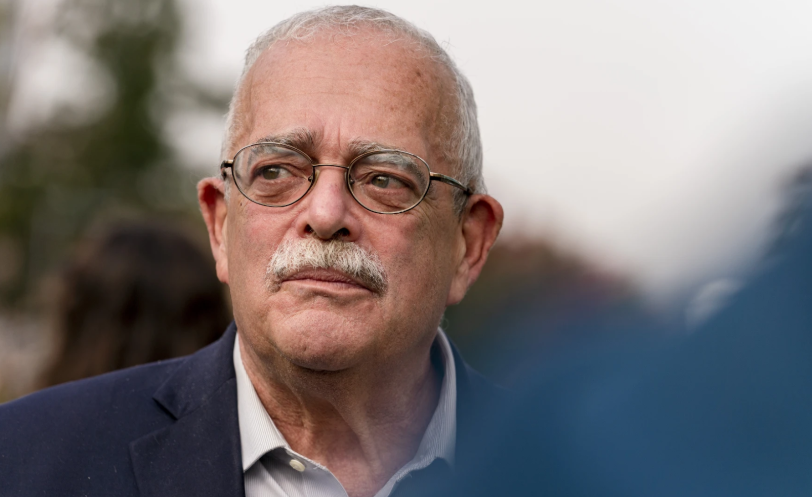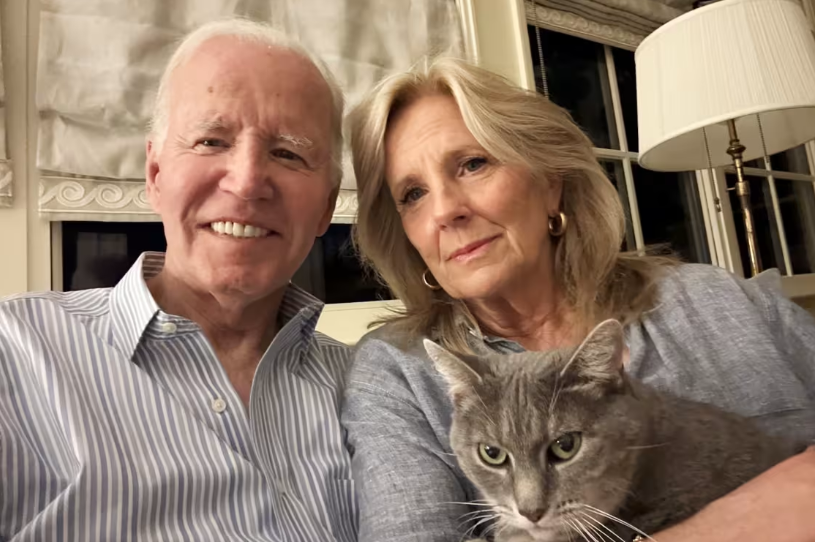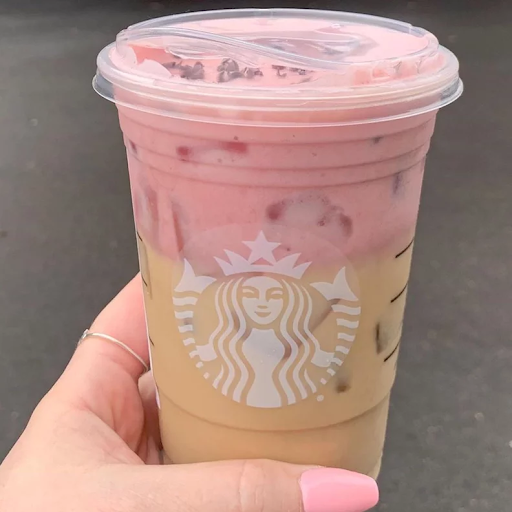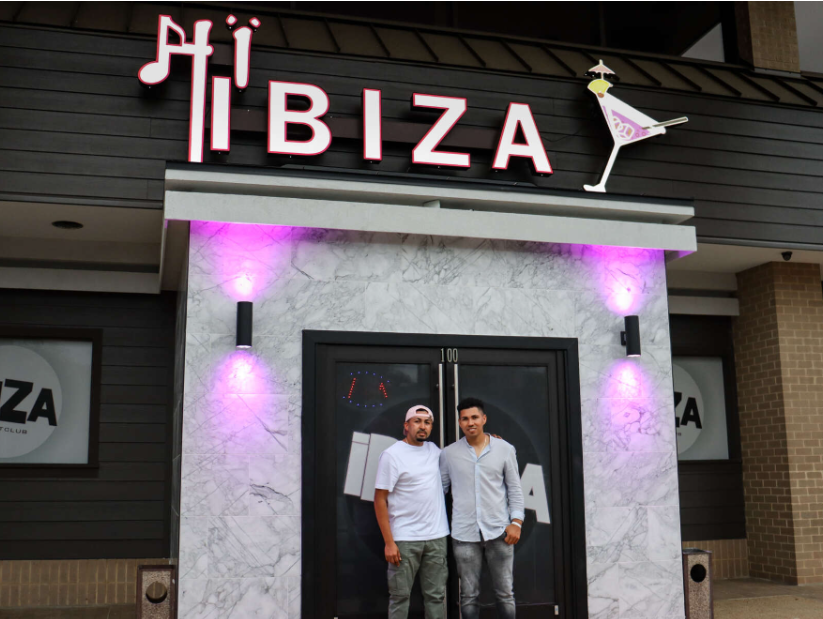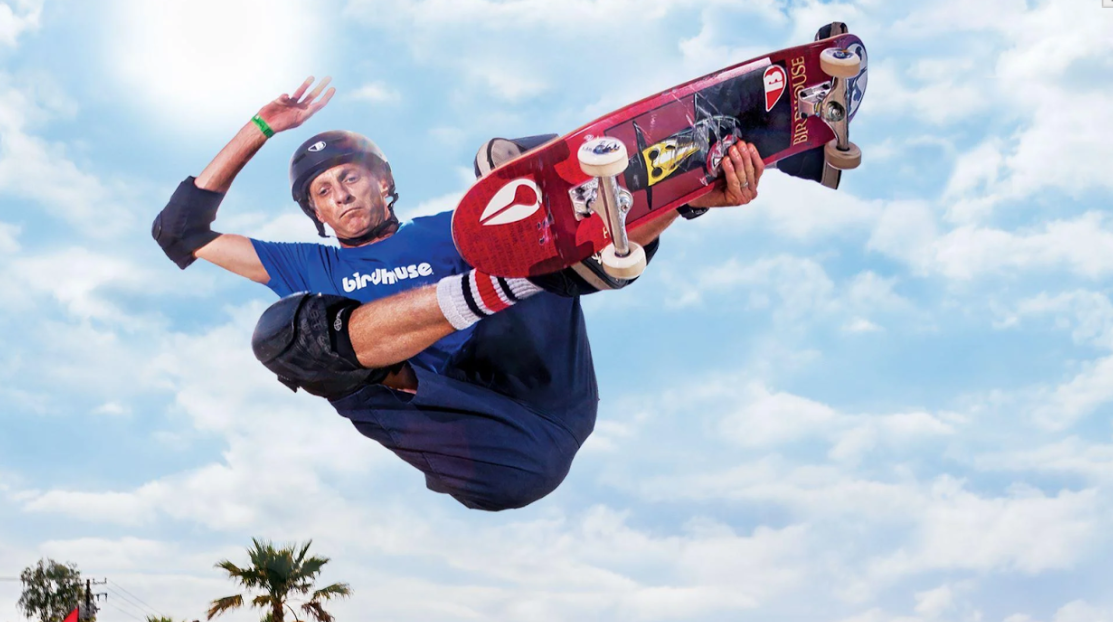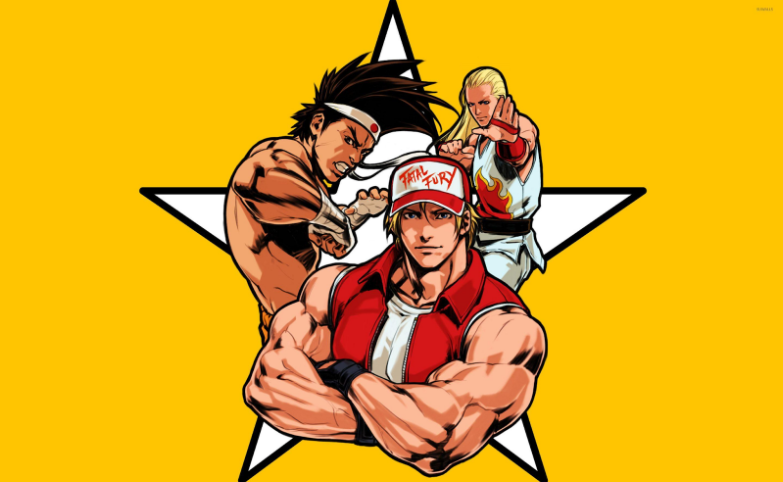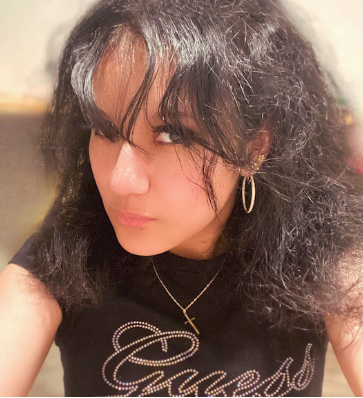MySpace was a social networking game-changer.
During the mid-to-late 2000s, MySpace was a pioneer, giving rise to alternative subcultures and influencing fashion. The site enabled users to customize their ‘About Me’ departing from ubiquitous, default layouts often seen today.
MySpace was founded in 2003 by Tom Anderson, Chris DeWolfe, and others at Intermix Media. It started as a platform where users could connect and customize their social profiles, with features like music sharing. In 2005, News Corp bought MySpace for $580 million. News Corp owned it until 2011, when it sold the site, which then lost its popularity. Despite trying to rebrand MySpace as a hub for artists and music fans, it never regained its former massive popularity.
Tom Anderson, was in fact, the first friend that a user automatically received after registering.
The site had encouraged users to learn web development skills.
Users could display images, fonts, and backgrounds, alter block elements, apply custom cursors, and autoplay music. The cooler one’s profile was, the higher the likelihood it would gain recognition and frequent friend requests. MySpace profiles were also designed and represented by bold, flashy, provocative color schemes and exuberant graphics.
By learning HTML through experimentation, many users experienced hardcoding and website creation. The platform encouraged self-teaching and resourcefulness, whereas modern social media has negated originality in favor of uniform conformity and streamlined set-ups.
Private messages, bulletins, and blogs lead authentic interactions on MySpace. The ‘Top 8′ feature, a social hierarchy indicator, often sparked drama. Being included signified closeness, while demotion could strain relationships. This digital friend ranking showcased users’ inner circles, romantic interests, and partners, turning online connections into real-world social currency.
The platform allowed users to attract audiences by being themselves.
Christine Dolce (ForBiddeN), dubbed the ‘Queen of MySpace,’ reigned supreme with an unparalleled 2,114,178 friends. An early adopter and self-proclaimed “MySpace Addict,” Dolce leveraged her massive following to promote her fashion ambitions. Her internet fame catapulted her into mainstream media, earning features in Vanity Fair, Rolling Stone, and an appearance on The Tyra Banks Show. Dolce’s morning ritual began with MySpace, driving her quest for “world dominance” as one of the web’s first true celebrities.
MySpace was where many alternative subcultures blossomed and intertwined.
Whether it was the emo scene, goth fashion, or punk music, MySpace had a unique way of bringing together like-minded individuals who weren’t necessarily represented in mainstream media. Stores like Hot Topic capitalized on this, by becoming a fashion staple to reach their target audience.
MySpace’s supervision had a hands-off approach, which led to criticism for not doing enough to prevent cyberbullying and assault cases. Despite this, MySpace stood out from other social media platforms and was a mainstream hub during its prime, connecting millions globally. The platform also gave artists a space to showcase and share their music.
Unlike today’s social media which is smothered by an endless commodified list of repercussions, MySpace offers a sense of freedom and spontaneity that today’s platforms often lack.
MySpace was meant to overtake Six Degrees and Friendster, and was later overtaken by Facebook in the years that followed. MySpace declined in 2011, and later Justin Timberlake, alongside Specific Media, bought MySpace for $35 million. Timberlake purchased MySpace when the site had already lost traffic, concurring with the rise of smartphones.
MySpace never regained its former dominance.
It struggled to compete with newer platforms and its efforts to reinvent itself couldn’t match the rise of mobile-first social apps like Instagram and Snapchat. By 2015, MySpace had largely faded into irrelevance, with its music-focused vision overshadowed by auditory streaming platforms like Soundcloud, Pandora, and Spotify.
MySpace, in 2019, announced to have lost over 12-years of footage. The last time users could recover their photo albums was in 2016, subdued by permanent data migration.
The site’s downfall wasn’t due to a lack of potential, but its inability to adapt to the shifting online environment. As corporate influence, algorithms, and influencers grew, the platform lost its way. By staying true to its roots, MySpace could have maintained its position as the go-to hub for self-expression.
Compared to Instagram, TikTok, 𝕏 (formerly known as Twitter), and Facebook, their algorithms cater to putting people into boxes, leading to echo chambers, suppressing genuine expression. MySpace was part of a time when the internet felt alive, the era of Web 2.0, far away from Web 3.0, killed by the dead internet, as the world-wide-web faces a dystopian demise.
MySpace serves as a clear example of the consequences that happen when innovation gives way to stagnation.

